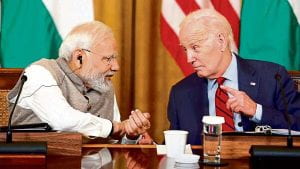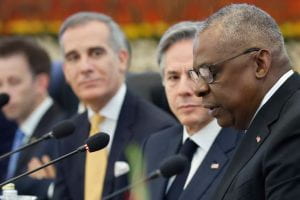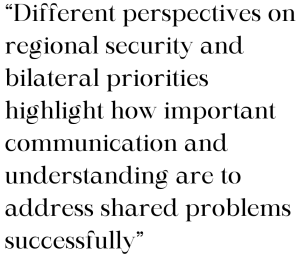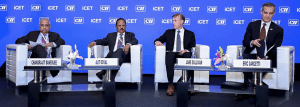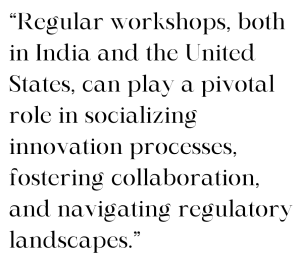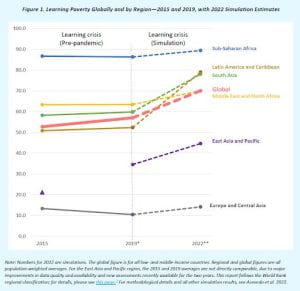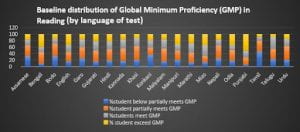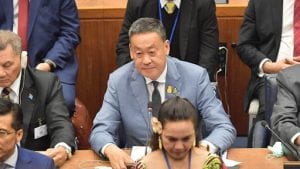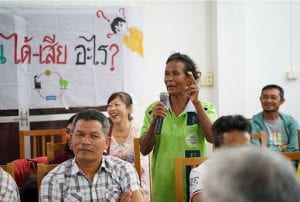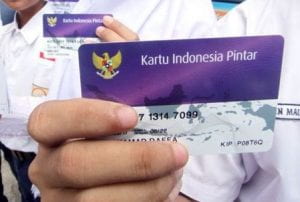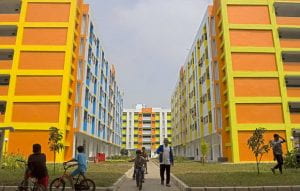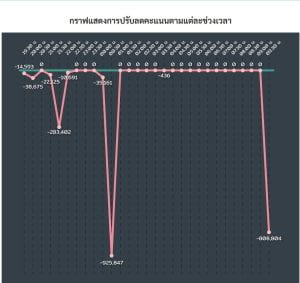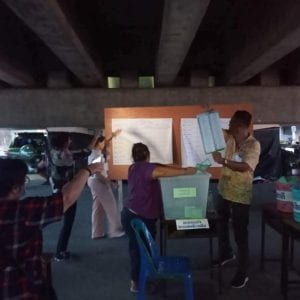Asia Report #61 | May 2, 2024
The most recent elections held in Taiwan saw the incumbent Democratic Progressive Party (DPP) win a historic third term in January of 2024. This election was a close three way race between the DPP’s Lai Ching-te, the Koumintang’s (KMT) Jaw Shaw-kong, and the Taiwan People’s Party’s (TPP) Ko Wen-je. While many want to know how Lai Ching-te will approach cross strait relations and cooperation with the United States, there are also pressing domestic issues like election integrity, shifting party politics, and identity politics.
To delve deeper into these issues and understand what the DPP’s victory means for Taiwan, the Sigur Center for Asian Studies hosted a conference on Taiwan Elections and Reflections. This Asia Report will focus on the domestic implications of the election. An Asia Report on foreign policy will follow. The video of the entire conference can be found here.
The speakers of this panel included Yaqiu Wang, Research Director for China, Hongkong, and Taiwan at Freedom House, Chiaoning Su, associate professor in Communication, Journalism and Public Relations at Oakland University, and Shelley Rigger, the Brown Professor of Asian Studies at Davidson College. It was moderated by Alexa Joubin, Professor of English, Women’s, Gender & Sexuality Studies, International Affairs, East Asian Languages & Literatures, and Theatre at The George Washington University.
China’s Tactics and Taiwan’s Election Integrity
Yaqiu Wang started off the panel with a look into China’s disinformation campaign during the election and how Taiwan maintains its election integrity. While the Chinese Communist Party (CCP) has had a history of spreading disinformation, the most recent election saw a heavy focus on the use of AI generated content on social media in conjunction with traditional media. Chinese owned media
companies, content sharing, and advertisements were the main focus of previous CCP misinformation campaigns. This time, the growing popularity of social media and the advancement of AI technology figured in the mix. These new tactics include circulating deep fake videos of Lai Ching-te and poorly written personal stories about Tsai Ing-wen with an AI generated voice narrating it.
When looking into the types of content circulated by the CCP, Wang noticed two clear messages that were pushed to the Taiwanese people. The first was that the election is rigged. There were videos that supposedly showed people reading off the real election results in order to discredit the DPP’s victory and create distrust towards the democratic institutions. The second was that Lai Ching-te and the DPP are pro war and independence and that should the Taiwanese people elect them, Beijing will be forced to attack. Alongside this message was the idea that the United States should not be trusted in the event that China does attack. These messages were clearly meant to scare the Taiwanese people out of voting for the DPP. Besides these clear messages, Wang also notes several unclear messages like rumors about imported goods and personal attacks on the candidates. While these may not have specific political goals, they were meant to create general distrust in society and the democratic institutions. Despite the use of new technology and the intensification of misinformation efforts by the Chinese government, Taiwan’s response has also proved effective in maintaining election integrity.
According to Wang, the response to the Chinese government’s misinformation campaign has been quick and multifaceted. The response from the government has been to create official messages and press conferences regarding disinformation. In 2022, the Ministry of Digital Affairs was created with the core purpose of countering disinformation and the Anti-Infiltration Act of 2020 allows the government to investigate foreign interference. This along with messages posted on government websites using clear and easy to understand language about misinformation has been effective. The other group countering China’s interference is Taiwan’s civil society. Organizations like MyGoPen, Fact Check Center, and Doublethink Lab are all dedicated to exposing misinformation and teaching the Taiwanese people media literacy. Due to government and civil society efforts, the Taiwanese people are very aware of the CCP’s efforts and have worked to improve general media literacy. This shows that China’s disinformation campaign can backfire if people actually know what’s happening. The phenomenon can be seen in the 2020 election when the DPP also had a major victory due in part to the Taiwanese people being alert to the CCP’s efforts to spread misinformation during the Hong Kong protests.
Wang then goes on to talk about the role that tech firms played in the lead up to the election. To her, companies like Meta, Microsoft, and TikTok did help to take down suspected misinformation from the CCP on their platforms and they were transparent about their efforts to do so. Firms also worked with civil society groups like MyGoPen to create fact checking chat boxes. While these did help curb the CCP’s influence during the election, Wang also noted several critiques of the response of tech companies. The main issue is that tech companies have always been resistant to government regulation that would help to detect and take down misinformation. Another is an issue with transparency and how effective these tech companies actually are at combating misinformation.
In the end, the misinformation campaign by the CCP failed because the DPP candidate Lai Ching-te was elected. However, Wang explains that it did not completely fail because the DPP did not win the legislature. Going forward, the technology used to spread and combat misinformation will continue to become more sophisticated and will turn into a type of cat and mouse game.
Changing Party Politics
Chiaoning Su continues the discussion with a look into the current state of the Taiwanese political parties after the election. Su was able to observe the election in person and track how the three parties have changed over time and what their prospects are for the future. While it was a close three way election, DPP’s victory for the presidency is not a surprising outcome and can be seen as a clear message to China and diplomatic allies. Despite winning 40% of the popular vote in the presidential race, the 2024 election was not a total victory or loss for any of the political parties.
For the DPP, this election was a weak win for Lai Ching-te. He was unable to create the political brand that made Tsai Ing-wen so popular and his previous embracement of pro independence could risk more aggression from Beijing. While they were able to secure the presidency, the DPP lost many seats in the Legislative Yuan and is no longer the majority. Su explains that the DPP needs to have a serious self-reflection on its positions, branding, and engagement. Originally, the DPP was started in 1986 as an opposition party to KMT dominance and relied on grassroots support. Three decades later, it has become an established political party that needs to redefine itself as an inspirational party rather than an opposition. Their refusal to use Tiktok and short video form has also shown the party’s weakness in terms of engaging with the youth.
While the KMT lost the presidential election with only 35.5% of the popular vote, they were able to gain 14 seats in the Legislative Yuan. This puts the party in a good position to direct future policy decisions and is still seen as a victory despite losing the presidential election for the third time. KMT’s performance also shows their ability to mobilize and use grassroot organizations in opposition to the DPP. According to Su, the KMT is having an identity crisis as most people self-identify as Taiwanese which has forced them to dial back their pro-China position. The nomination of Jaw Shaw-kong is a step in this direction as he is not a mainlander and is more fluent in Taiwanese than he is in Mandarin. Looking into the future, Su explains that the KMT need to redefine themselves as more than just the opposition to the DPP and that it is possible to maintain relations with China while still protecting Taiwanese interests.
Finally, despite gaining the least number of presidential votes with 26.5%, the TPP received the most media attention and gained 3 seats in the Legislative Yuan. This established the party as a rising star and critical minority in Taiwanese politics that both the DPP and KMT have to work with. Started by Ko Wen-je in 2019, he originally seemed to be an unconventional but DPP-like politician. Over time, however, he slowly became more China friendly and his position on cross strait relations remains confusing to the Taiwanese people even after the election. The recent election was very significant for the TPP because it established it as more than just Ko Wen-je’s party and that they are here to stay. They were able to effectively use platforms like Tiktok to promote their campaign and are now a crucial swing vote in the legislature. In the recent election of the speaker of the Legislative Yuan, the TPP voted for its own candidate which shows neutrality between the DPP and KMT but ultimately let the KMT candidate Han Kuo-yu win by not voting for the DPP candidate. Looking forward to the 2026 midterm elections, Su explains that the TPP’s decision to field its own candidates or form a coalition will have a massive impact on the future of Taiwanese politics.
Identity: Taiwanese, Chinese, or Both?
Shelly Rigger rounded off the panel with an in depth look into the national identity and political trends in Taiwan. One of the surprises from the recent election was the success of the TPP and Ko Wen-je as a candidate. Given that this is a first past the post election, many would expect people to abandon their preferred candidate in order to vote for the lesser of two evils. Despite this, 22% of voters still voted for a candidate with little chance of winning. This outcome is surprising because it does not fit into the two standard narratives of Taiwanese politics: cross strait relations and Taiwan’s identity in the world. While the DPP and KMT both have clear divisions on these issues, the TPP has a very vague position but still managed to gain 22% of the popular vote. Another surprise was that of the 22% of people that voted for Ko Wen-je, many of them were young people. There has been a growing trend among the youth to identify as Taiwanese only. The DPP is the political party that supports this trend, but Ko Wen-je was able to get young people to disproportionately break from the DPP.
The question of national identity, whether Chinese, Taiwanese, or both, has been used as a driver of an individual’s willingness to challenge Beijing’s preferred position on cross strait relations and Taiwan’s identity. Since the early 1990s the number of people who identified as solely Chinese has been on a sharp decline and people who identify as both Chinese and Taiwanese have also been on
a slight decline. Recently, and especially among young people, self identifying as solely Taiwanese has been on the rise. It would be expected that along with these trends in national identity, there would also be a rise in the support for the independence movement. This is not happening, however, and shows that changing identity does not necessarily translate into a strong trend for independence.
Age division plays an important role in the national identity and independence debate. There is a clear split between young and old in terms of identity as young people are most likely to identify as Taiwanese while older people identify as both Chinese and Taiwanese. The issue of independence and reunification, however, is much less clear after this most recent election. Rigger explains that younger people do not have a clear stance on independence and this can be seen by their disproportionate support for the TPP. The major takeaway, then, is that political conclusions cannot be drawn from someone’s identity. She concludes with the idea that we should refocus our attention away from identity as a driver and predictor of how people feel about the PRC, and instead focus on Beijing’s influences and perceptions. As Wang pointed out, the amount of influence from the Chinese government, especially on social media targeting the youth, greatly impacts how the Taiwanese people feel about the PRC. When asked if the Chinese government was a friend or enemy of Taiwan, only the 60+ age group was willing to say that they were a friend. Conversely, 72% of respondents said the Chinese government is an enemy of Taiwan and their influence on them is negative. Ultimately, national identity cannot be used to determine someone’s political affiliation and Ko Wen-je’s popularity shows a shift in how young people approach politics.
By Mark Sheehan, B.A.Candidate in International Affairs and Events Assistant, The Sigur Center for Asian Studies.
